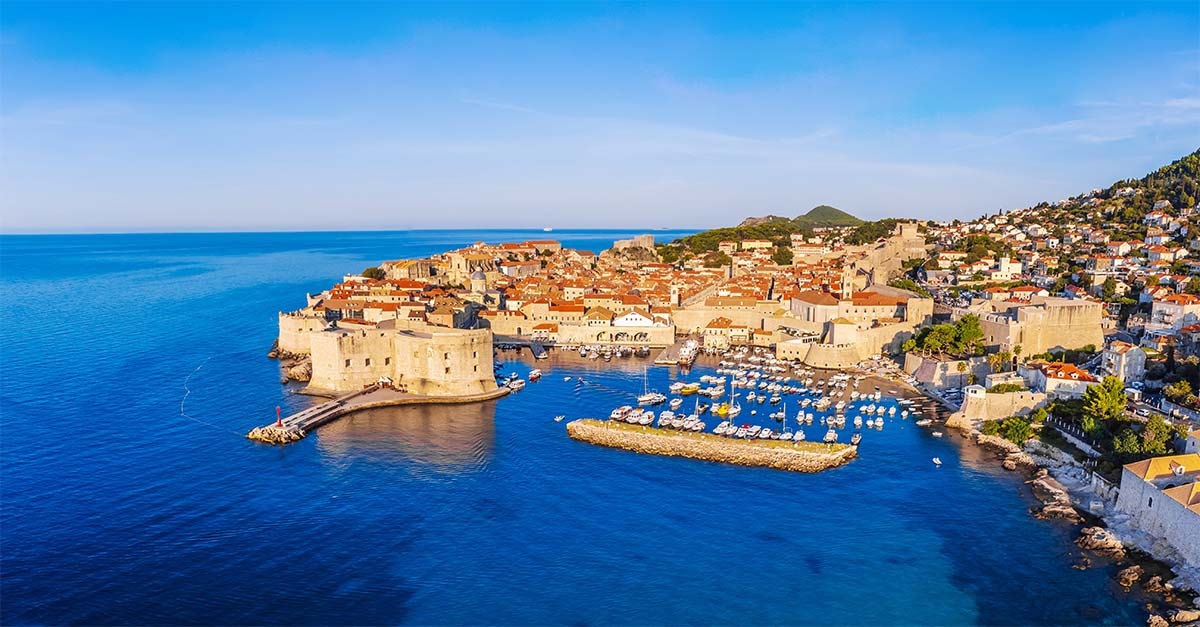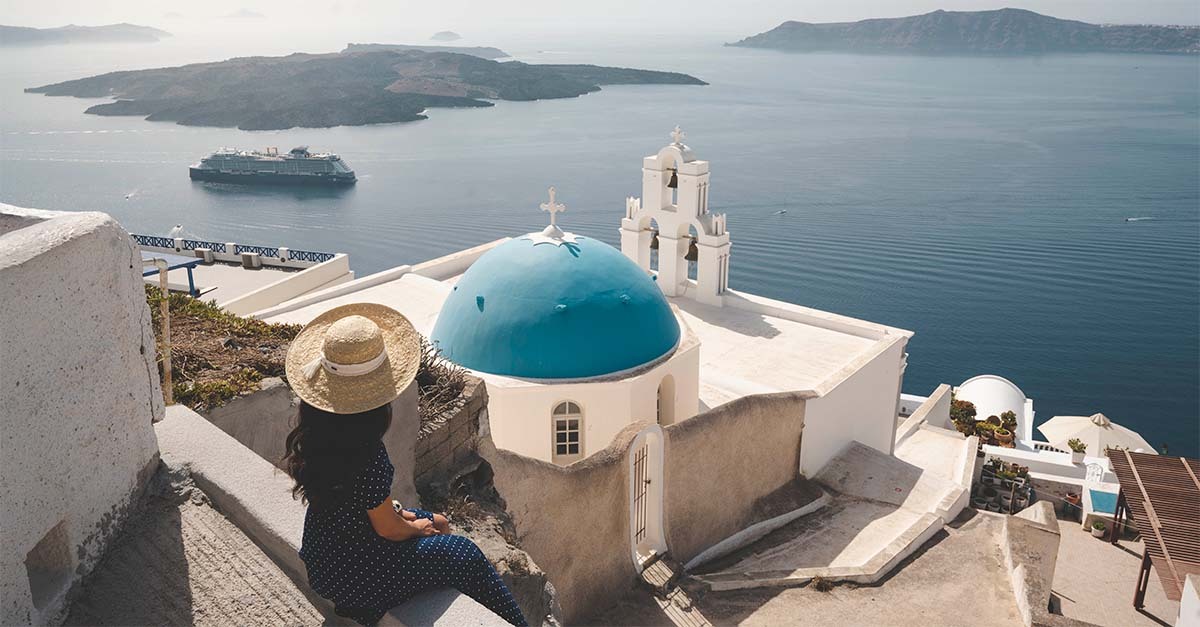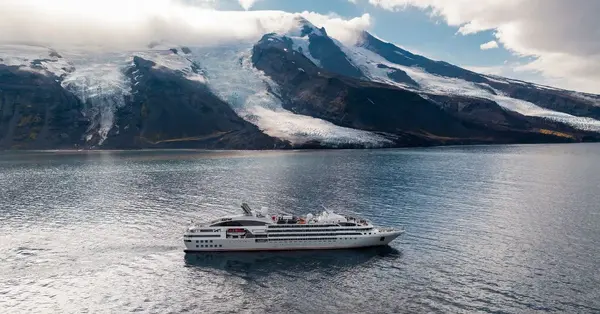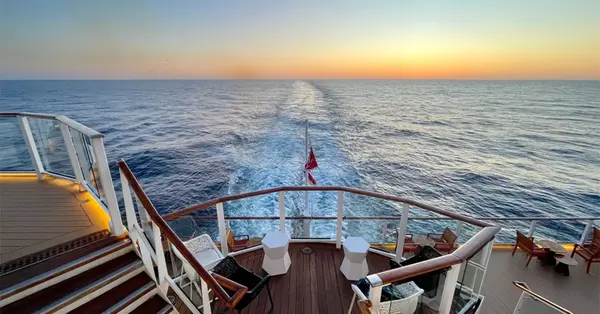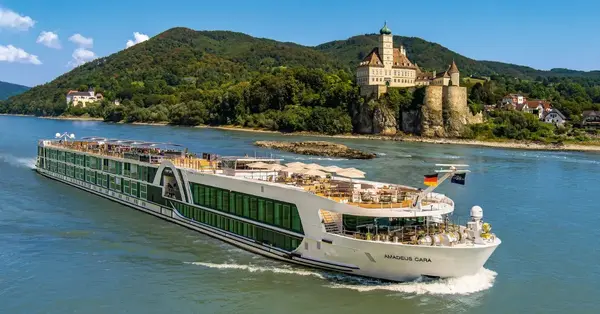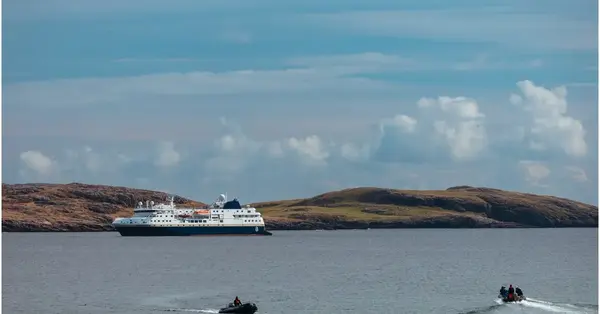You are viewing 1 of your 2 free articles
What's new in the world of Mediterranean cruising?
Cruise clients keep coming back to the Mediterranean, so what can they expect this year and next?
Click here to download and save as a PDF
Can anything knock the Mediterranean off the top spot in the hearts of British cruisers? Despite challenges of overtourism, prompting frustrated locals to try to take back their streets from holidaymakers who descend in summer – including land-based tourists, not just cruisers – the number of Brits sailing the Med keeps increasing.
That’s not surprising since the region is on our doorstep, easy to reach on scheduled and low-cost airlines or via no-fly voyages from the UK, and many cruises are competitively priced compared with rising costs for resorts on land. The appeal of guaranteed summer sun and something for all ages – from world-class cities and museums to beaches and water parks – is hard to match.
Some 845,000 British cruisers headed to the Med in 2024, according to Clia.
That was a 1% rise on 2023 for western and central Med sailings, but a 25% jump for the eastern Med. It’s a level of demand and growth no cruise line can ignore, and many will be back in force this year.
Clia reports that 56 lines will have 183 vessels in the Med this year. They range from Emerald Cruises’ 100-passenger yachts to Royal Caribbean International’s floating resorts that carry several thousand. In between are mid-sized ships, luxury vessels and even tall ships.
Is the Mediterranean clamping down on cruise ships?
A cruise ship in Santorini, Greece. Image credit: Celebrity Cruises
Most Mediterranean cruises start or end in Barcelona, Civitavecchia (Rome), Piraeus (Athens) or Istanbul, because they have good air links with the rest of the world. Until it banned all but the smallest cruise ships in 2021, Venice was another favourite for the spectacular sailaways it offered along the Giudecca Canal and past St Mark’s Square.
Cruisers can still enjoy that view, but only with the likes of Star Clippers, Windstar Cruises, Emerald, Ponant and SeaDream Yacht Club, whose vessels are small enough to avoid the limit on larger ships docking at the San Basilio cruise terminal.
Venice is not the only port clamping down on cruise lines. Dubrovnik and Santorini have imposed restrictions on the number of ships and passengers, while Nice intends to follow suit. The French port city’s latest plan is to allow one ship a day with up to 2,500 passengers into Villefranche and small vessels with fewer than 450 into Nice, according to French news reports.
Cruise lines are not blind to the problems this poses, with many looking to wean cruisers away from Barcelona, Mykonos, Marseille and other places with overtourism problems, and introduce them to less-visited ports such as Sarande in Albania, gateway to ancient Butrint, and Cesme in Turkey (see page 36).
That requires education from agents and a shift in expectation from cruisers – especially first-timers – who still want to see the hotspots. After all, how many travellers keen to go on a Greek isles cruise would choose the one that skipped over Santorini and Mykonos?
Royal Caribbean, Princess Cruises, MSC Cruises and other lines with bigger ships can also only call into the busy, popular ports. Lines with mid-sized ships have more flexibility: Virgin Voyages has new cruises to Spain and Italy that visit Naples, Palma and Livorno, but also call into ports such as Ajaccio in Corsica and Palermo in Sicily.
What’s new in Mediterranean cruises?
Several lines are encouraging cruisers to travel in the shoulder months when cities are not so busy and the high summer temperatures have abated.
Princess is extending this year’s season to November and will have its biggest Mediterranean programme to date in 2026, with two ships in the region from March/April to November, and a third, Sapphire Princess, cruising there in March and April.
Celebrity Cruises is kicking things off even earlier, offering Greek island sailings from February 2026 and running through to November, when a final Med voyage goes from Piraeus (Athens) to Barcelona.
Oceania Cruises is also spending longer in the Med, with two sailings in November added for 2026.
Meanwhile, Fred Olsen Cruise Lines has chosen this autumn to offer its first Mediterranean fly-cruise programme for 17 years. The September to November sailings avoid summer crowds and target clients who don’t fancy the four or more sea days it takes to cruise to the Med from the UK.
MSC Cruises and Viking are longtime advocates of year-round sailings in the region, enabling passengers to travel in what Viking calls the “quiet season”, but others are testing the winter waters. Silversea is offering its largest-ever Med season this year, with a record five ships in the region and Silver Muse slated to stay until November 2026.
Windstar Cruises was already a convert and has seen such strong demand for the Med in winter that it has expanded the programme for this year and next. It includes new calls into Genoa in Italy, and overnight stays in Dubrovnik, Venice, Nice, Barcelona, Malaga and Livorno (Florence).
“We’ve seen growing interest in our year-round Mediterranean cruises, particularly as during winter we go to classic cruise destinations we may usually avoid because our guests will see them without throngs of tourists,” says Augustus Lonsdale, UK and Ireland head of sales for Windstar.
Do cruise ships cause overtourism?
Taranto, Puglia. Image credit: Shutterstock/Stefano Tammaro
While it is easy to blame cruising for overcrowding in the Med, given ships are big, visible targets, it’s important to remember they also bring economic benefits, not only in port fees but also by providing employment for taxi drivers, guides and attractions – plus hotels and restaurants in places where a pre or post-cruise stay can be added.
The port of Taranto in the south of Italy is expecting calls from lines including P&O Cruises, Azamara and Windstar, along with Italian Costa Cruises and Tui’s Mein Schiff 5.
Laura Cimaglia, the port’s director of general and international affairs, addressed Seatrade Cruise Global delegates in Miami in April. She said: “Cruising’s rise has led to a paradigm shift in [Taranto’s] economic model, adding tourism jobs as an alternative to the steel mill.”
For clients curious about the impact of overtourism, conveying this insight is a way to highlight the positives of visiting new places and the joys of discovering lesser-known ports of call.
Lead image credit: Shutterstock/Oleg_P

